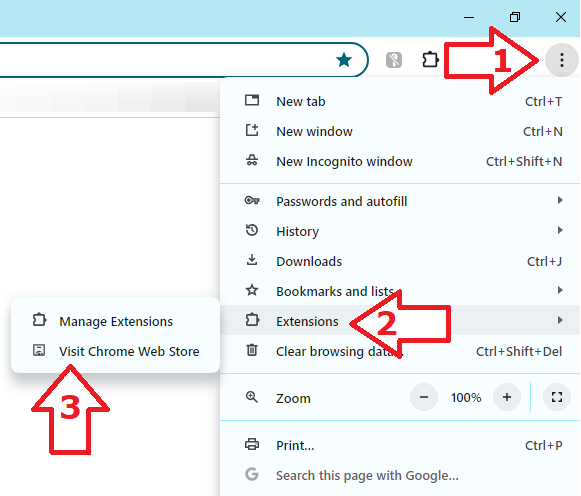Can Apps Track Your Location?
Many apps use location to work properly, from mapping and rideshare to food delivery and weather apps. These apps rely on the user’s location to offer a satisfying user experience and function. Android and iOS have built-in security features that let you know when an app requests to use location.
Some apps, such as Google Maps, also use location in the background to run their services, which utilizes user location to provide traffic data.
With all these features and countless apps using GPS, it’s normal to wonder if apps can track your location. In this article, we’ll give an answer to this question and help you find out if an app is using your location, as well as how to prevent apps you don’t want from using such features on your phone.
Is It Possible for an App to Track Location?
Yes. Apps can track location through geolocation services on your phone. However, you’ll need to allow the app to use location services on your phone. Unless you give the app the green light (typically when you use the app for the first time), your phone won’t let the app use the location.
Although it’s unlikely for an app to use location services to track where you are specifically, it can happen. If you received a suspicious text message about your location after downloading an app, a reverse phone number lookup can reveal the sender’s true identity.
How Do Apps Use Location?
If an app requires location to work appropriately, you’ll be prompted with a notification as to whether or not to allow the app to use location. This prompt typically appears when the app tries to use geolocation services for the first time and saves your preference afterward.
You’ll typically have two options when allowing an app to use location services. You can permit the app to use location all the time or only when the app is in use. The first option gives the app access to your location even when the app isn’t in use. The second means the app can only use the location when it’s on.
Depending on what services the app offers, you may need to update these preferences. For example, a messaging app providing your live location to another user relies on geolocation services continuously to provide precise location when your phone is locked.
How to Check If an App Is Tracking Your Location?
Checking whether an app is using your phone’s location features is the easiest way to know if an app is tracking your location. Below, you’ll find how to check this on Apple and Android devices.
iOS
- Go to Settings.
- Tap Privacy & Security.
- Select Location Services and select the app you want to check.
Once you select the app you want to check, you’ll know if the app has permission to use location services. If you’d like the app not to use your location, you can do it by selecting Never in the settings.
If you don’t want any app to use location services on your iPhone, you can also turn off location services altogether in the Privacy & Security settings.
Android
The exact steps to check if an app is tracking your location on Android vary due to phone brands using different variations of the operating system.
Generally, you’ll need to go to Settings > Apps & Notifications > select the app you want to check > Permissions > Location.
Following the above, you’ll see which apps are using location and update your preferences. Additionally, you can turn off location using the Quick Settings menu by swiping down from the top of the screen. Simply bring up this menu and tap the location icon to turn off location services for all apps.
![]()
Staying Safe While Using Devices With GPS
Most apps rely on-location services to offer a better user experience. The apps downloaded from an official store are unlikely to use your location for something malicious.
However, the same can’t be said for apps downloaded from the internet. Fraudsters and hackers deliberately offer free versions of apps and run different types of schemes in the background to steal your data.
Installing these apps can put you at risk for more than just revealing your current location. It can go as far as stealing your identity and credit card information. Only download apps from the App Store and Play Store to stay safe.








